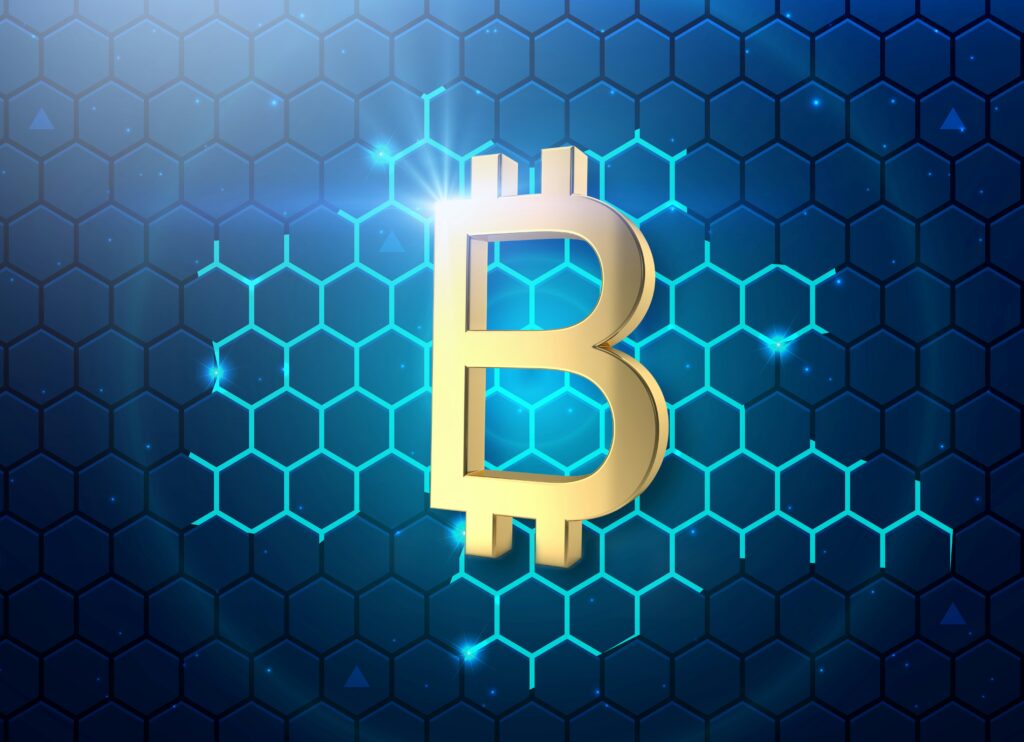What Blockchain Actually Is
Blockchain is a decentralized, digital ledger. That means there’s no central authority no bank, no company running the show. Instead, data gets stored across a network of computers. Every participant shares the same copy, and no one can secretly change it.
Here’s how it works in plain terms: data is grouped into blocks. Each block holds information usually about transactions. Once a block is full, it’s linked to the previous one, forming a chain. Hence, blockchain. These blocks are stored across many machines called nodes. Each node has to agree that any new data is legit before it gets added. This approval process keeps the system clean.
Two of the most important traits here are immutability and transparency. Immutability means once you write data to the blockchain, you can’t go back and edit it. It’s locked in, which helps prevent tampering and fraud. Transparency means anyone on the network can see the data it’s not hidden in a black box. Together, these features build trust without needing a middleman.
Blockchain may sound complex, but at its core, it’s just a secure, shared way to track information.
How It Works in Real Time
At its core, blockchain works like a living journal of digital events. Every time someone makes a transaction whether it’s sending cryptocurrency, signing a smart contract, or updating data that action gets grouped with others into a block. These blocks aren’t just tossed together randomly. Each one is timestamped and verified using complex math (think cryptographic puzzles that have to be solved before anything moves forward).
Once a block is confirmed, it links to the one before it, forming a chronological chain. That’s where the name comes from block + chain. There’s no central server calling the shots. Instead, a network of independent nodes agrees on what’s legit. This peer to peer validation makes fraud almost impossible without rewriting the entire chain, which is by design ridiculously hard to pull off.
No middlemen. No gatekeepers. Just a decentralized system making sure everything lines up, visible to anyone who wants to look.
Key Benefits Driving Adoption
Blockchain isn’t just hype it’s solving real problems with three straight up advantages: security, transparency, and efficiency. Let’s break them down.
First, security. Blockchain uses cryptographic methods that lock each block of data in place. Once something’s in the chain, it’s nearly impossible to tamper with. That means data isn’t just stored it’s protected like a vault. For industries handling sensitive info, this level of integrity isn’t optional; it’s critical.
Next up: transparency. On most public blockchain networks, everyone can view the transaction history. No smoke, no mirrors. This kind of openness builds trust fast especially useful in spaces like supply chains, governance, or finance where data is often hidden behind closed systems.
Finally, efficiency. Blockchain trims the fat. By cutting out middlemen and hard coding the rules into smart contracts, transactions can be processed much faster and with fewer delays. No waiting days for banks to clear a payment. It’s peer to peer, direct, and timely.
The result? A tech that’s lean, locked down, and out in the open all at once.
Everyday Use Cases in 2026

Blockchain is no longer just a buzzword in tech circles it’s becoming part of the fabric of how modern systems function. In 2026, real world blockchain use cases are maturing and showing their value across various sectors. Here are three areas where blockchain is making a meaningful impact:
Supply Chain Tracking: From Farm to Shelf
From agriculture to retail, blockchain is transforming supply chain logistics by improving visibility and accountability at every stage.
End to end tracking: Each product’s journey can be recorded from origin to delivery.
Tamper proof records: Once data is added, it cannot be altered, reducing fraud.
Consumer trust: Shoppers can verify source details, certifications, and ethical sourcing.
This is especially critical for industries like food, pharmaceuticals, and luxury goods where authenticity and safety matter.
Secure Digital Identity and Voting Systems
Identity theft and election integrity are constant concerns today. Blockchain offers a path toward more secure and accessible identity management.
Decentralized IDs: Users control their data and share only what’s needed.
No central breach points: Eliminates vulnerabilities inherent to centralized databases.
Verifiable elections: Digital ballots on the blockchain offer a transparent and tamper evident record of votes.
Governments and startups alike are testing blockchain for safe, auditable digital voting and streamlined citizenship services.
Cross Border Payments and DeFi
Financial services are experiencing a disruption thanks to decentralized finance (DeFi) and improved cross border payment mechanisms.
Lower fees: Transactions bypass traditional banks and reduce intermediary costs.
Faster settlement: Blockchain streamlines cross border payments from days to minutes.
Open access: DeFi platforms enable decentralized lending, insurance, and trading without geographic limits.
In regions where access to banks is limited, blockchain backed financial tools can offer more inclusive alternatives.
Blockchain vs. Other Technologies
How Blockchain Differs from Traditional Databases
While both blockchain and traditional databases are used to store data, they operate in fundamentally different ways:
Centralized vs. Decentralized: Traditional databases are typically controlled by a single authority. Blockchain runs on a decentralized network with no central control.
Data Immutability: Database entries can be edited or deleted. On the blockchain, once data is added, it’s nearly impossible to alter, offering a permanent and traceable record.
Verification Process: In databases, trust is placed in the system administrator. On the blockchain, trust is distributed data is verified by consensus among nodes.
Transparency: Blockchain records can be transparent and publicly accessible. Traditional databases are usually private and closed access.
Complementary Roles: Blockchain and AI
Blockchain and artificial intelligence (AI) are often seen as distinct technologies, but they can work together in powerful ways:
Data Integrity for AI Models: Blockchain can verify and secure the integrity of training data, ensuring AI models make accurate predictions based on tamper proof inputs.
Auditability: Blockchain provides transparent records of AI decision making processes, which can be useful in regulated industries or for building trust with users.
Automation with Trust: Combining smart contracts on blockchain with AI allows for autonomous systems that are secure and verifiable.
For a deeper dive into how AI systems learn, explore this article: How Neural Networks Work The Core of AI Learning
Risks and Limitations to Know
Not everything about blockchain is sleek and frictionless. For all its innovation, the technology still drags some real baggage and anyone getting involved should know where the bottlenecks lie.
First up: energy. Proof of work systems, like those used in early blockchains such as Bitcoin, are incredibly power hungry. The process involves solving complex mathematical puzzles to validate transactions and that eats up massive amounts of electricity. It keeps the network secure and decentralized, but the environmental cost is hard to ignore. These concerns have sparked a push toward more efficient consensus mechanisms like proof of stake, but change is slow, and the energy debate isn’t going away soon.
Then there’s the legal side. Blockchain operates in a regulatory gray zone. Laws vary by country, and enforcement is patchy at best. Some governments are embracing blockchain, others are banning parts of it outright especially when it overlaps with cryptocurrencies. For businesses and creators, that means navigating a shifting legal landscape while trying not to step on any landmines.
Last, scalability. Blockchain networks can get slow and expensive as more users pile in. Tackling this without sacrificing security or decentralization is a technical juggling act. Layer 2 solutions, sidechains, and protocol upgrades are all attempts to fix the problem, but nothing is bulletproof yet.
Bottom line blockchain has huge potential, but it’s not a solved game. Energy, law, and scale are the hurdles that still need clearing.
Why This Matters Now
Blockchain isn’t riding hype anymore it’s quietly settling in under the hood of global infrastructure. Logistics giants, banks, healthcare providers, and even governments are putting blockchain tech to work. Not for flash. For function. Think shipment tracking, secure data sharing, or verifying identities done automatically, with no tampering possible.
Most people don’t even know they’re using blockchain. When they scan a QR code on a bottle of olive oil to see where it came from, or send money across borders without that annoying middleman fee, they’re likely tapping into a blockchain based system. It’s becoming background tech, like Wi Fi or cloud storage always there, just invisible.
And this quiet integration has a purpose. It’s all about rebuilding trust in digital transactions. Systems that verify themselves, in real time, without gatekeepers. That’s the foundation for the next wave of digital transparency and potentially a better internet.
